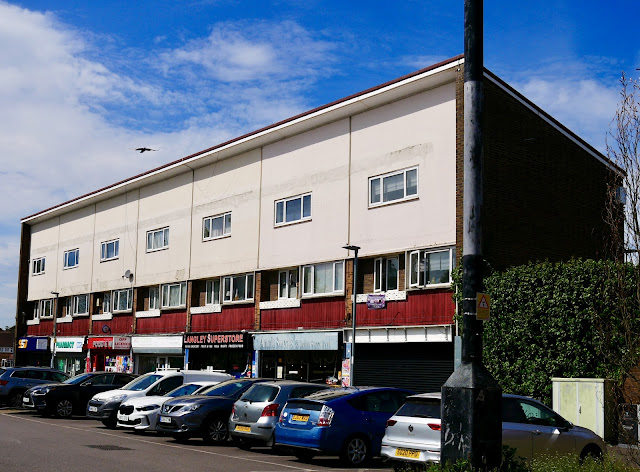Dubai (and the god of big shiny things)
I only spent a day in Dubai.
In the morning, I had been driven to Sharjah, which is the ‘other’ Emirate state with Dubai and Abu Dhabi. A long line of traffic was heading the opposite direction to Dubai. Most people live in Sharjah and work in Dubai, my driver told me. Sharjah reminded me of parts of China I’d visited for work 20 years before - all nondescript office blocks, makeshift carparks and roadwork dust. The kind of urban design that gets flattened and rebuilt without any protest or memory of what was before.
After my meeting, I was driven back to Dubai and had time to get changed and explore the city. I was about a mile from the coast, so I decided to head that direction. After an hour I realised that it was impossible to cross a road. Dubai isn’t a city designed to walk around, since it doesn’t seem to have pedestrian crossings. Dubai is a city that has grown up fast, so it obviously doesn’t have the clash of buildings from different eras like other metropolises. What it does have is almost an architectural playground for million dollar Zaha Hadid corporate glass architecture.
I went up to the rooftop bar of my hotel, in which everyone sat alone in the dim light. On the table next to me sat a young handsome German man with wealthy hair and a well-pressed shirt - the three top buttons undone. The shirt was his casual shirt, but it was still pristine and formal like he was still being dressed.
He was either a young finance professional of the type of person that these professionals strive to resemble. He was not occupying himself with a book or his phone - he had also recently arrived in the bar and he was posturing to own the space, and he did to be honest. He soon ordered a glass of wine for a young pretty Spanish-speaking woman in a short black dress on the table across the bar who had also been sitting alone. She joined him at his table and they left together five minutes later before she’d finished her wine. For me, the environment changed then. The room filled with so much loneliness, so I left and walked on the streets again.
As I walked away from the eight-lane super highways lined by glass and steel giant ornaments, the buildings started to resemble the kind of estates I’d seen built in remote patches of dust in countries like Spain: two floored concrete boxes. I was searching for something to eat, but all I could see were fluorescent massage parlours.
In a place where much of the law and culture is determined by religious belief, it was hard to find the God in Dubai. You can travel in places where there is the ghost of God - of a time where God inspired giant cathedrals, mosques, temples, statues and gardens.
We created places where structures were so stupidly immense that we become ants and our place in the universe becomes clearer.
I’m reminded of a time when I worked as a teacher and took a group of children into a cathedral and watched the grandness of the space stir the religion in them as they sat in prayer without even knowing what prayer was. There is a public feeling of God that spaces create.
Dubai is ostentatious. A small wealthy land attracting wealthy people and the eco-system of pilot fish who survive around wealthy people. It rose from the desert and almost feels like how Las Vegas is to the rest of the US: it’s a place where people anonymously pass through. I know I wasn’t there for very long and I am sure I missed so much of the city.
Architecturally, I enjoyed the freedom that architects have in creating structures that you don’t see anywhere else. The scale of the commercial buildings and their individual uniqueness is in contrast to the tall glass-panelled work tombs that are sneaking upwards in most big cities, but at the centre of this city is a mall. “Did you go to the mall?” I’m asked.








Comments
Post a Comment